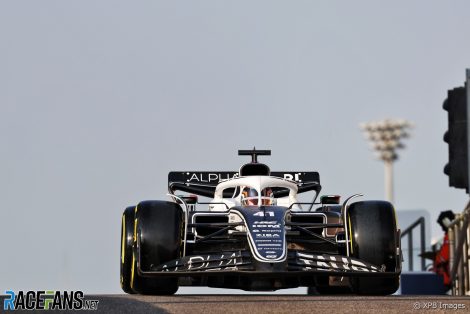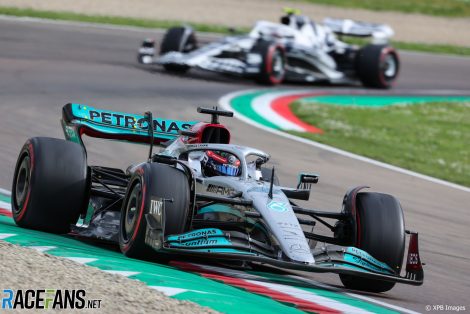For the first time since Formula 1 introduced its Aerodynamic Testing Restriction rules in 2021, Mercedes will not be the team which is permitted the least amount of development time for its new car.
The rules are designed to handicap the top performing teams each season and bring about closer competition throughout the grid. Therefore this year Red Bull are allowed the least development time, as the reigning champions, while Williams get the most having ended 2022 in last place.
Red Bull finished last season with by far the strongest car in the field, which won all bar one of the last 11 races. A crucial question heading into the new season will be whether the disadvantage they face as a result of their reduced development allocation will be enough for their rivals to close on, catch or even overhaul them.
Team principal Christian Horner put a brave face on the situation when he spoke to media including RaceFans at the team’s season launch event last week. “I think that we’re doing the best with what we’ve got,” he said. “The team have had to adapt to the handicap that we have, they’ve done a wonderful job in doing that.
“Is it enough? We’ll find out in a couple of weeks’ time as a starting point. But it’s certainly a significant handicap that we carry for the majority of the year.
“The team have obviously accepted that, we’ve looked to adapt to ensure that we’re as efficient as we possibly can be. We’ll see when RB19 runs on the track in anger if we’ve done enough.”
Advert | Become a RaceFans supporter and
How F1’s aerodynamic testing restrictions change for each team in 2023
F1’s aerodynamic testing restrictions are unchanged for 2023: The amount of development each team may conduct based on their championship finishing position the year before remains the same.

However only one team ended the 2022 championship in the same position it did one year earlier and therefore has an unchanged development allocation: Aston Martin. The rest have all changed.
Coincidentally, the seventh place Aston Martin finished in is the position where a team receives 100% of the permitted wind tunnel and computational fluid dynamics development time. This is equivalent to 320 wind tunnel testing runs and 2,000 aerodynamic test geometries for restricted computation fluid dynamics simulations.
The three teams which finished behind…
Click Here to Read the Full Original Article at RaceFans…

